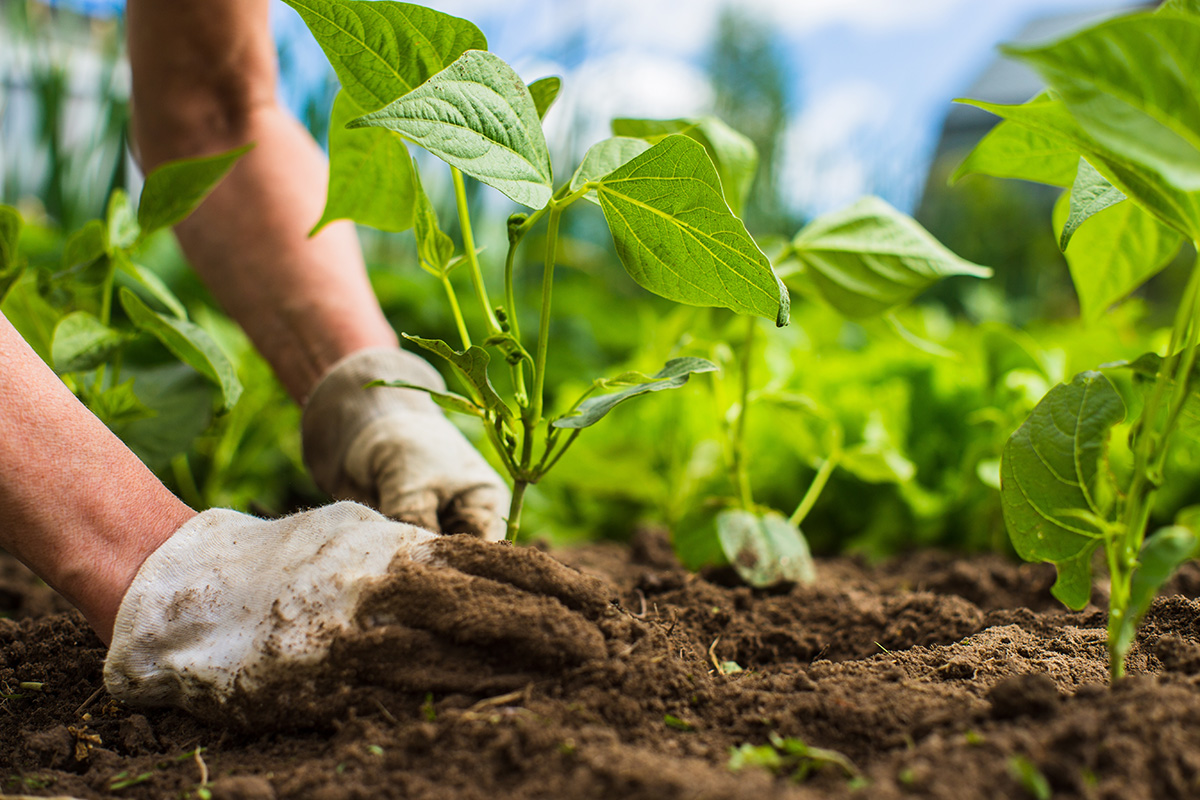Spring is officially here and we’re finally seeing consistent warm weather here in Southern Maryland! Gardening can be a wonderful hobby to keep you active during the summer, to teach children about growth, and to feed your family! Many garden enthusiasts will be starting to prepare their gardens for planting, while others embark on their first year of testing out their green thumbs. Whether you’re a first-time gardener or a lifetime pro, here are a few tips to get your garden in tip-top share during this National Garden Month!

Grow Your Garden Close to a Water Source
The summer months can be extremely hot, and sometimes dry, meaning you’ll likely have to water your garden each day to keep it thriving. To make your life easier, plant your garden close to a water source, or, invest in an extra long garden hose to keep you from having to cart water back and forth to your plants!
Be Sure Your Garden Has Ample Sunlight
Before planting your garden, take note of the sun’s patterns for movement throughout your property during the day and ensure you’re choosing a spot that has ample sunlight. For a garden to thrive, 6 hours or more of sunlight is recommended. If you can’t plant your garden somewhere that will give it 6 hours of sunlight each day, try planting your garden where afternoon sunlight will cover your garden since the afternoon sun is stronger than the morning sun. Avoid planting your garden close to a wood line where primetime sunlight will not hit your plants.
Keep Track of Planting Dates for Your Geographic Region
Different vegetables and fruits often require planting at different times. While some should be planted earlier in the year, others can be planted closer to the beginning of summer and will also thrive! Be sure to pay close attention to the timing of planting, based on your geographic area. Most plants should be planted after the threat of frost is over.
Research Which Plants to Grow Near or Far Away from Each Other
Many herbs will serve as natural pesticides and are suggested to be planted near specific vegetables in which they deter insects from. Start with a base of which fruits and vegetables you plan to plant, and then research which plants they thrive next to or should not be planted next to. The results of your findings may surprise you!




